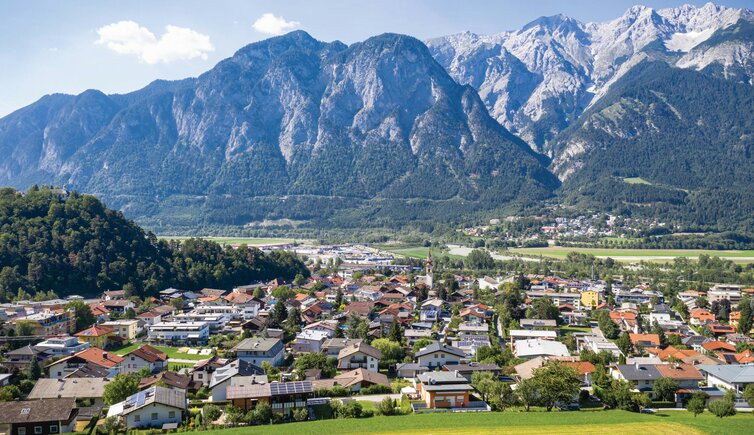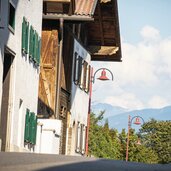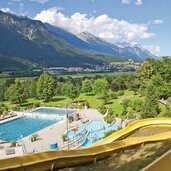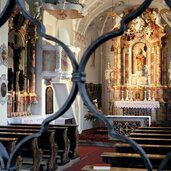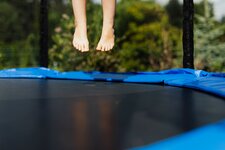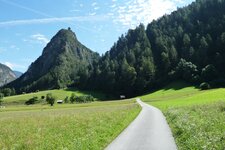Lake Völs or Völser See, today a recreational area in the west of the village, was artificially established in the 15th century
Image gallery: Völs
Altitude: 574 m a.s.l.
The area of Völs has already been settled early back in history, a fact that is testified by several findings, including a 5,000-year-old stone axe, a cremation cemetery of the Bronze Age and Roman coins. Today, Völs is a popular holiday village that is connected to Innsbruck by the suburban railway: This is how you best reach the Alpine City within a few minutes.
Also from an athletic point of view, Völs has got several leisure time facilities to offer, such as its sports field with well-groomed grass pitches, a basket field, a beach volley field and an athletics track. Every year at Pentecost, it is venue for the Blasius Cup, one of the oldest junior soccer tournaments of Tyrol. Furthermore, the "Völser Badl" outdoor pool and Flip Lab await you, the largest trampoline and freestyle course in western Austria. In winter, however, the artificial grass pitch of the sports facility is transformed into a much-frequented ice skating ground.
If you are interested in culture, than the Tyrolean churches are always well worth a visit. In this case, it is the Saint Blasius Church, the symbol of Völs. First mentioned in 1286 AD, in the 15th century it became a popular pilgrimage site, which was enlarged in Baroque construction style in the 18th century. Further sights in the village are the St. Blasius Hill, which already 500 BC was residence of an aristocratic family, as well as several fountains, such as the Gänseliesl Fountain, the Frog Fountain (Froschbrunnen), and the fountain in front of the St. Joseph Chapel.
